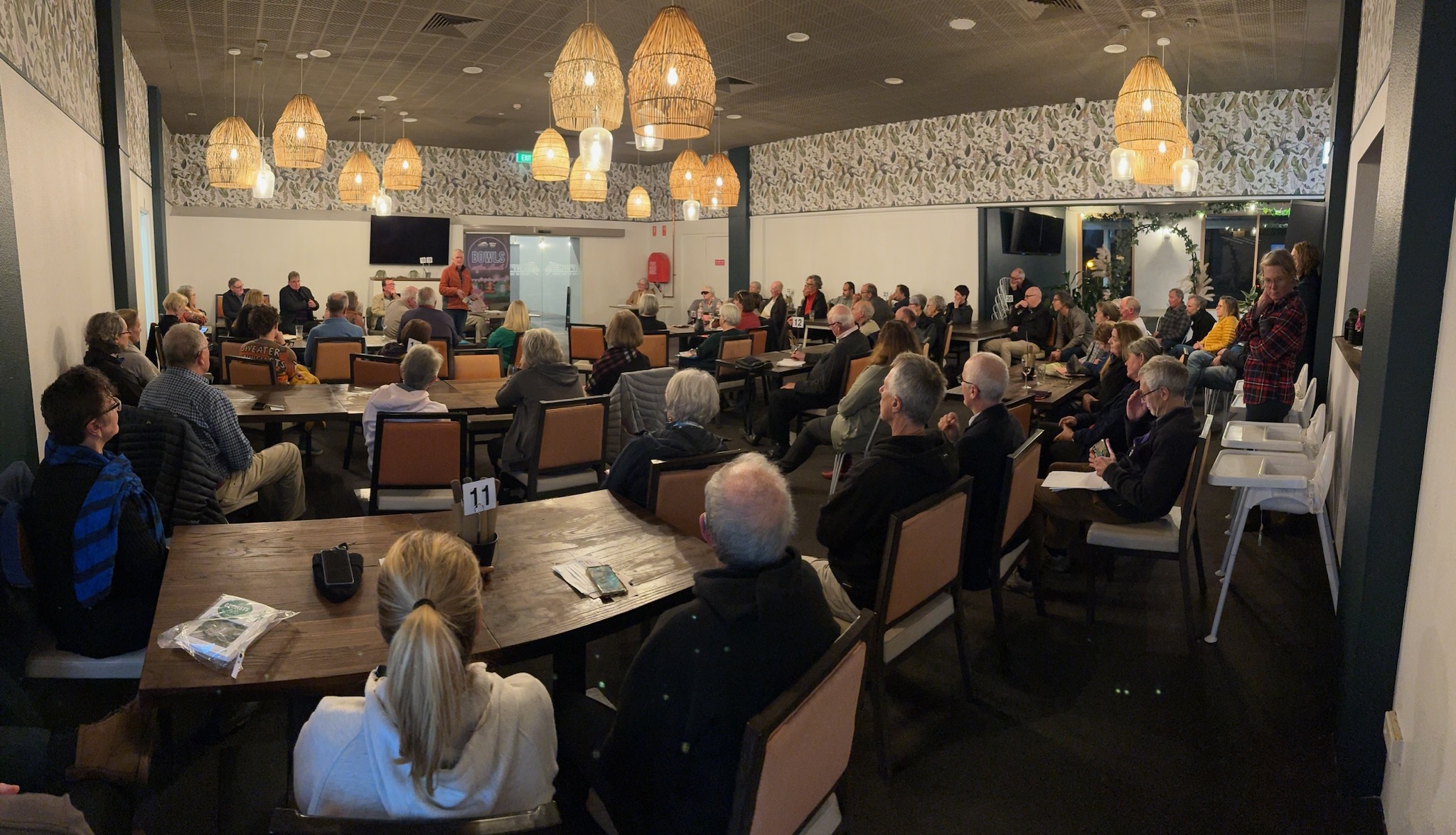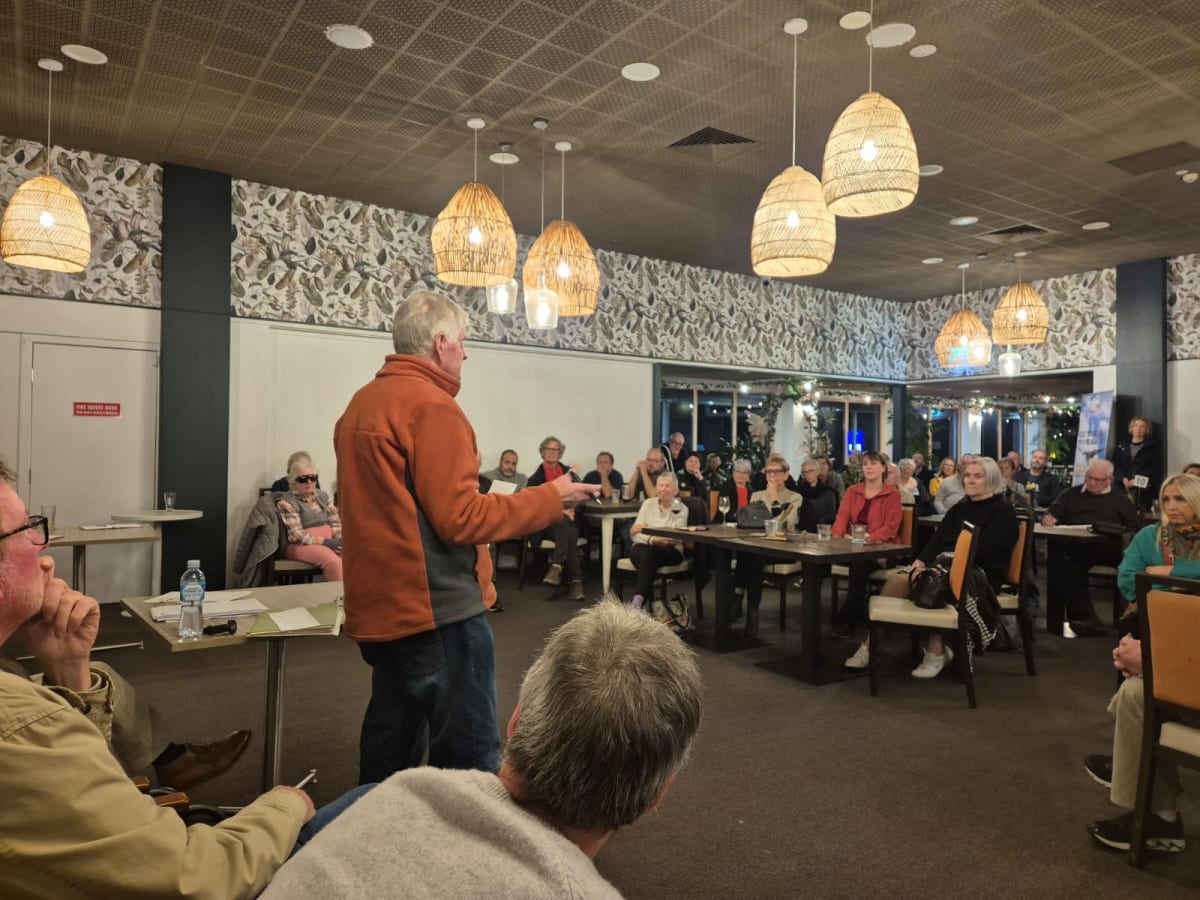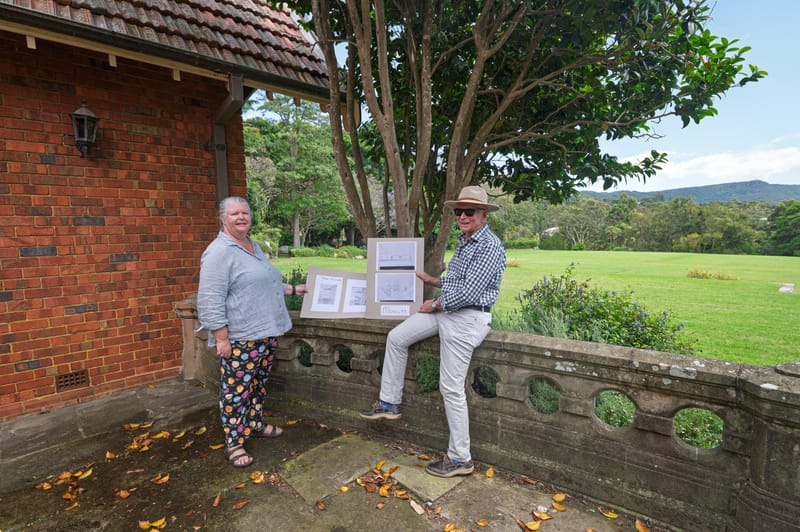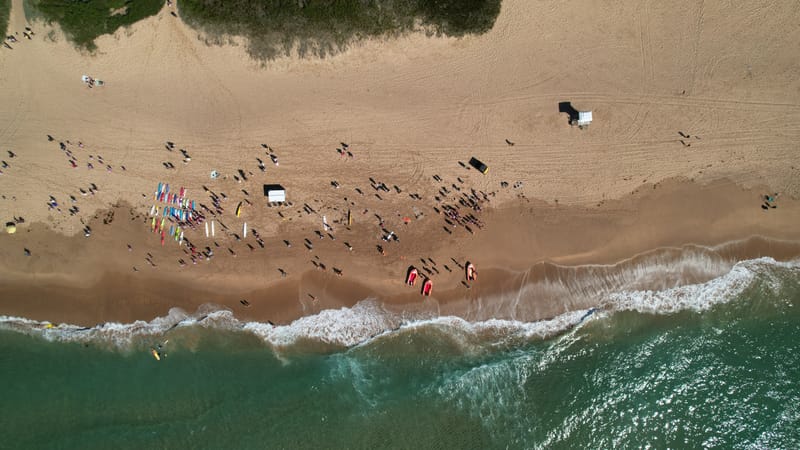Build Our Bridge: iBUG hopes public competition could solve ‘fiasco’ at Mount Ousley
The Illawarra Bicycle Users Group (iBUG) could be calling on the community to help design a bridge over Mount Ousley Road. Residents’ frustration at losing a promised pedestrian overpass in the $390-million Mount Ousley Road Interchange project...

The Illawarra Bicycle Users Group (iBUG) could be calling on the community to help design a bridge over Mount Ousley Road.
Residents’ frustration at losing a promised pedestrian overpass in the $390-million Mount Ousley Road Interchange project has sparked a plan to launch a public competition.
“We are hoping to announce a competition to design a bridge,” said iBUG president Ed Birt.
“We are hoping to get the university involved, because we think you could move that bridge to the east along Mount Ousley Road and do something quite clever along there…”
Ed thinks the uni’s engineering faculty could come up with innovative solutions – like a retracting bridge – to overcome height requirements presumed to be blocking the overpass.
He describes the current situation as “the Mount Ousley Interchange bridge fiasco”.
“They're building this massive piece of infrastructure and they've just deleted this pedestrian and cycling bridge that was, we just understood, part of the design ever since back to 2016…
“They go to build the thing and then it's disappeared from the plan. It's very frustrating and has the community up in arms about it.
“It’s just not okay in 2024 that you've got this commitment to active transport – you know, getting more people onto bikes and walking – and then building a big piece of infrastructure like this and not accounting for people crossing the road.”

Residents meet to 'Build Our Bridge'
About 80 people from various groups – including Keiraville Residents Action Group, Neighbourhood Forums 4 and 5, and Healthy Cities Illawarra – attended a ‘Build Our Bridge’ public meeting at Wisemans Park Bowling Club in Gwynneville on Monday, May 20.
Healthy Cities Illawarra’s Active Transport Taskforce Coordinator Dr George Takacs, who was one of the speakers, said: “I think people were pretty angry about the fact that the proposed bridge had been pulled from the project with little consultation. In any discussions we've had with people from Transport for New South Wales since, the reasoning has been a little bit opaque.”
Both Ed and George point out that more difficult design challenges have been overcome overseas.
George said: “I gave an example when I spoke at a council meeting on this a month or so ago, the bridge that was built in the Netherlands for pedestrians and cyclists, it was a 160-metre-long bridge across 14 lanes of motorway. And it was built for the equivalence of $20 million Australian dollars. And this was just four years ago in 2020.
“We are asking for a bridge that goes across three lanes of motorway – well, not even motorway, it's just three lanes of road. It's the old Mount Ousley Road.”
Short history of long-term project
In June 2016, Roads and Maritime Services released its preferred option for an interchange project at Mt Ousley. This document listed a “Pedestrian and cyclist bridge over Mount Ousley Road and the Princes Motorway which connects suburbs to the north with the University” as a key feature. Then in March 2024, Transport for NSW (TfNSW) released a project update with “design refinements” that included removing the pedestrian bridge.
Ed believes height is now an issue and that the bridge would have to be 6.5m high to allow for large vehicles transporting industrial equipment, possibly wind turbines. “So there are those considerations about the height of the bridge, but nothing you wouldn't think would be insurmountable. And you'd do it at the time of the build.”
On the Monday morning, May 20, before the community's meeting, Labor politicians had gathered to mark the start of construction for the Mount Ousley Interchange Project, which is expected to take four years and create about 400 jobs. At the press conference, Health Minister and Keira MP Ryan Park said government was working with TfNSW to see what improvements to active transport could be made. But he said, “We can't have a situation where heavy vehicles in the future can't get access to the port of Port Kembla.”
Funded by $312 million from the Federal Government and $78 million from the Minns Government, the four-year Mount Ousley Interchange Project is expected to help create about 400 jobs, and improve safety and commute times. It will include southbound heavy vehicle bypass lanes and safety ramps, a commuter carpark, and a shared path and vehicle overpass for better access between Mount Ousley Road, the M1 Princes Motorway and the University of Wollongong. Major work is expected to start in late 2024.
Benefits of encouraging active transport
George said after Monday’s meeting residents were determined to press on. “The mood was also people felt that there was a good case for the bridge and we needed to persist in putting pressure on the politicians to come up with the funding to reinstate the bridge as part of this project.”
People who live north of the university will be worse off if it doesn’t go ahead, George said, as the lack of a safe crossing would deter walking or cycling in the area.
“There's been countless studies … on the health benefits of active commuting,” he said.
Back in 2017, for example, a University of Glasgow study found that cycling to work was associated with a 41% lower risk of dying overall compared to commuting by car or public transport.
“If you could reduce your chances of dying in the next five years by 40% by taking a pill, you'd take it tomorrow,” George said. “And this is what cycle commuting does, and yet we don't put in place infrastructure that encourages it."
Encouraging active transport wouldn’t just have health benefits, it might solve parking headaches at the university, said George, a retired physicist who worked at the uni for 34 years and saw the problems first-hand on his daily walk to the office.
“The major problem with transport access to campus is that hardly anybody walks or rides,” he said.
“But 43% of the people who go to the university regularly come from within five kilometres and yet only 10% of the total population walks or rides. If you could get half those people who come from within 5km to walk or ride, you would have no traffic congestion problems around the university. You'd have no parking problems on the streets that surround the university. All those problems that have been causing headaches for decades would go away.”
With all the benefits a bridge might bring, Ed is mystified as to why the government is baulking at including it in the $390m project.
“We just think, for goodness sake, you can’t be building big pieces of infrastructure without accommodating appropriate links," Ed said.
“We are just saying, well, you need to build a bridge, simple as that.”





